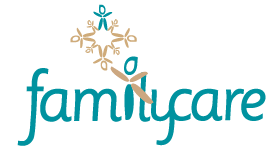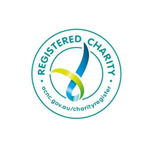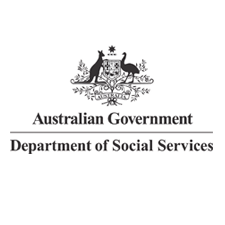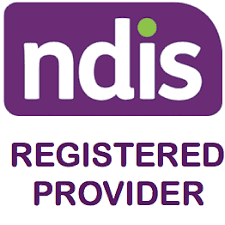Understanding Autism Spectrum Disorder: A Lifelong Journey Toward Inclusion
Autism Spectrum Disorder (ASD), commonly referred to as autism, is a lifelong neurodevelopmental condition that influences how individuals perceive and interact with the world around them. The term “spectrum” reflects the wide range of experiences, challenges, and strengths that people with autism may have. No two individuals on the spectrum are alike, and the level of support they require can vary significantly.
Recognizing the Signs: A Growing Awareness in Men’s Counselling
Men’s counselling services have increasingly encountered individuals who may be living with undiagnosed ASD. Sometimes these are subtle, but enough to disrupt certain areas of the individual’s life. Essentially, he is functioning ok, but not as well as he’d like.
These men often present with a unique set of challenges that, upon closer examination, align with common traits associated with autism. Some of the observed characteristics include:
- Discomfort in social situations and difficulty with communication
- Avoidance of eye contact due to physical discomfort
- Struggles with procrastination and task completion
- Compulsion to speak one’s mind while not considering consequences
- Challenges navigating issues in the workplace
- Deep, focused interests in specific subjects
- Heightened sensitivity to sensory stimuli such as sound, light, texture, and smell
- Difficulty regulating emotions
- A persistent sense of not fitting into mainstream society
These traits, while sometimes subtle, can significantly impact daily functioning and emotional wellbeing. The growing recognition of these patterns has prompted a deeper exploration into the prevalence of undiagnosed ASD, particularly among adults.
A Shift in Understanding: From Mislabelling to Empowerment
Historically, autism was poorly understood and often mischaracterized. In the early 20th century, behaviors now recognized as autistic were frequently attributed to poor parenting or misdiagnosed as schizophrenia. This misunderstanding persisted for decades, contributing to stigma and reluctance around diagnosis.
It wasn’t until the 1990s that autism was formally recognized as a disability under the Individuals with Disabilities Education Act (IDEA), enabling better access to educational support for children. However, many individuals who grew up before this shift—now in their 40s and older—may have missed the opportunity for diagnosis and the accompanying support.
The Impact of an Undiagnosed Condition
Living with undiagnosed ASD can be a source of ongoing confusion and frustration. Individuals may struggle with everyday tasks that seem effortless to others, leading to feelings of inadequacy and isolation. Without a clear understanding of their neurological differences, they may internalize these challenges, affecting their self-esteem and mental health. This has been observed through the Men’s Counselling role.
As these individuals age, the lack of diagnosis can compound their difficulties. Social isolation, reduced confidence, and a sense of being misunderstood are common experiences. Recognizing and addressing these issues is crucial to fostering a more inclusive society.
Moving Toward a Strengths-Based Approach
Fortunately, contemporary understanding of ASD has evolved. Improved screening tools and greater public awareness have paved the way for more effective support strategies. Embracing a strengths-based model allows individuals with autism to be recognized for their unique talents and contributions.
Many people on the spectrum excel in fields that require precision, analytical thinking, and pattern recognition. In fact, some of history’s most significant scientific breakthroughs have been attributed to individuals with autistic traits.
Creating environments that support neurodiversity—whether in families, workplaces, or schools—can unlock the potential of those on the spectrum. This holistic approach not only benefits individuals with autism but enriches society as a whole.
Conclusion: Building a More Inclusive Future
This article aims to raise awareness about the diverse experiences of individuals with Autism Spectrum Disorder, particularly those who remain undiagnosed. By fostering understanding and compassion, we can create a society that values neurodiversity and provides the support necessary for all individuals to thrive.
Recognizing the invisible struggles of those on the spectrum is the first step toward meaningful inclusion. Through education, empathy, and advocacy, we can ensure that every person—diagnosed or not—is seen, heard, understood and supported.













Leave a Reply
Want to join the discussion?Feel free to contribute!